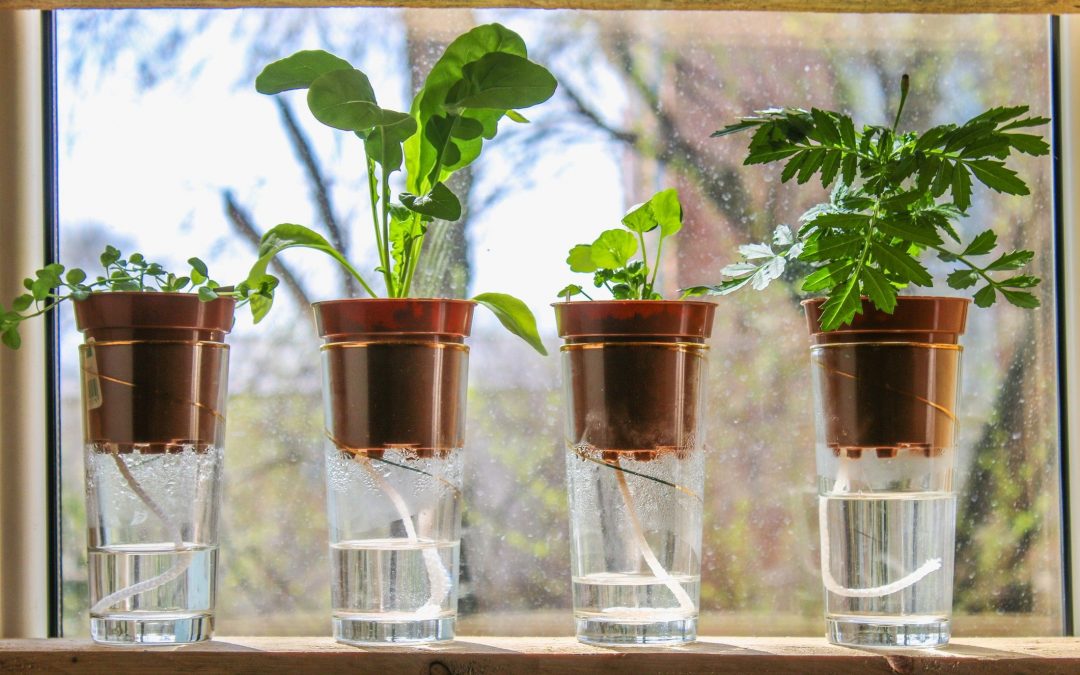Contents
- 1 Top 5 Indoor Plant Watering Mistakes (And How to Avoid Them)
- 1.1 Why Watering Indoor Plants Can Be Tricky
- 1.2 Mistake 1: Overwatering
- 1.3 Mistake 2: Underwatering
- 1.4 Mistake 3: Using the Wrong Pot
- 1.5 Mistake 4: Inconsistent Watering
- 1.6 Mistake 5: Using Tap Water Incorrectly
- 1.7 Pro Tips for Perfect Watering
- 1.8 FAQs About Watering Indoor Plants
- 1.9 Final Thoughts on Watering Mistakes
- 1.10 Related Articles
Top 5 Indoor Plant Watering Mistakes (And How to Avoid Them)
Watering seems simple, but for indoor plants, it’s the number one cause of problems. Too much or too little water leads to yellowing leaves, root rot, or even plant death. Whether you’re new to houseplants or have been growing for years, mastering the art of watering is essential for healthy plants. In this guide, we’ll break down the most common watering mistakes and how you can fix them fast.
Why Watering Indoor Plants Can Be Tricky
Unlike outdoor gardens, indoor plants don’t benefit from rainfall or natural drainage. They depend entirely on you. Every plant has unique watering needs, and small mistakes can add up. Overwatering is one of the most common killers of houseplants, while underwatering leads to slow, weak growth.
That’s why understanding the basics — soil type, pot drainage, and plant variety — is crucial.
Mistake 1: Overwatering
Why it’s bad: Roots suffocate in soggy soil, leading to root rot.
Signs: Yellowing leaves, mushy stems, foul-smelling soil.
Fix: Always check soil moisture before watering. A soil moisture meter makes this easy for beginners.
Mistake 2: Underwatering
Why it’s bad: Plants dry out, wilt, and leaves become crispy.
Signs: Brown, dry leaf tips or drooping stems.
Fix: Water thoroughly until excess drains out. Use a self-watering pot to keep soil consistently moist.
Mistake 3: Using the Wrong Pot
Why it’s bad: Pots without drainage trap water, drowning roots.
Fix: Choose pots with drainage holes or add a layer of pebbles. A set of indoor pots with drainage trays helps reduce mess indoors.
Mistake 4: Inconsistent Watering
Why it’s bad: Irregular watering stresses plants, causing leaves to drop.
Fix: Stick to a schedule. Set reminders or use a programmable plant watering system to stay consistent.
Mistake 5: Using Tap Water Incorrectly
Why it’s bad: Hard water with chlorine, fluoride, or salts damages sensitive plants.
Fix: Let tap water sit for 24 hours before use, or switch to filtered water for delicate plants like peace lilies.
Pro Tips for Perfect Watering
Group plants with similar watering needs together.
Adjust watering based on season — less in winter, more in summer.
Always water at the base of the plant, not the leaves.
Use lukewarm water to avoid shocking roots.
FAQs About Watering Indoor Plants
Q: How often should I water my plants?
A: It depends on the plant type, soil, and environment. On average, once a week works for many houseplants.
Q: Should I mist my plants instead of watering?
A: Misting increases humidity but doesn’t replace soil watering. Use both for tropical plants.
Q: Can bottom watering work for all plants?
A: Yes, but not for succulents or cacti, which prefer top watering.
Final Thoughts on Watering Mistakes
Most indoor plant problems come back to watering. By avoiding overwatering, underwatering, and using the wrong pots or schedules, you’ll create the best conditions for your plants to thrive. Remember, consistency is key, and the right tools — like self-watering pots and moisture meters — can make plant care much easier.
For more detailed watering advice, check the Royal Horticultural Society’s houseplant watering guide.

